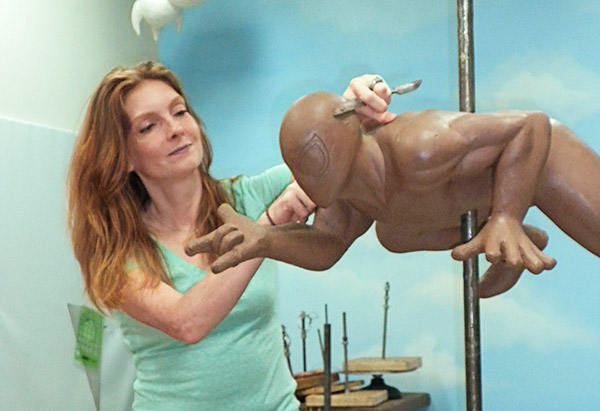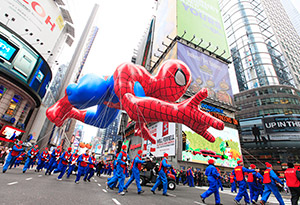Cool Job Alert: Balloon Sculptor

"Every giant character balloon starts as an incredibly detailed clay model that stands about three feet tall, much like the ones that car designers mold. I love that we still use this old-school technique."
On the Calm Before the (Metaphorical) Storm
"Being with the hugely inflated balloons on the street all night before the parade is magical. The prep that goes into inflating them is intense, with big crowds watching you work. But around 10 p.m., they close off the streets even to spectators, and it grows quiet as people drift away. And then there you are on a deserted New York City block in the middle of the night, surrounded by these enormous characters. It's surreal."
On the Hazards of (Actual) Storms
"Parade day weather can be unpredictable—I've been out in snow, even hail. You have to be particularly careful when there's heavy rain: Pull a little too hard on the rope of a balloon and a waterfall might pour down on you."
On the Worst-Case Scenario
"Superheating is a condition that causes helium to expand shockingly fast within the balloon, to the point at which it can tear or burst—loudly. That's why balloonatics train for on-the-fly repairs; we need to be able to fix any kind of mishap—on the street, in the dark, in the rain! When a tear occurs, we glue on a patch, like mending a blown tire. Someone seeing the balloon in the parade would never know."
 On the Big Day
On the Big Day
"I don't actually watch the parade. Before the last balloon makes it to the Central Park West starting line, I'm already racing to the finish at Herald Square, trying to beat the first balloon there so I can start deflating when it arrives. But we all gather at the studio the next day to watch a recording of the parade and eat a—catered!—Thanksgiving feast."



